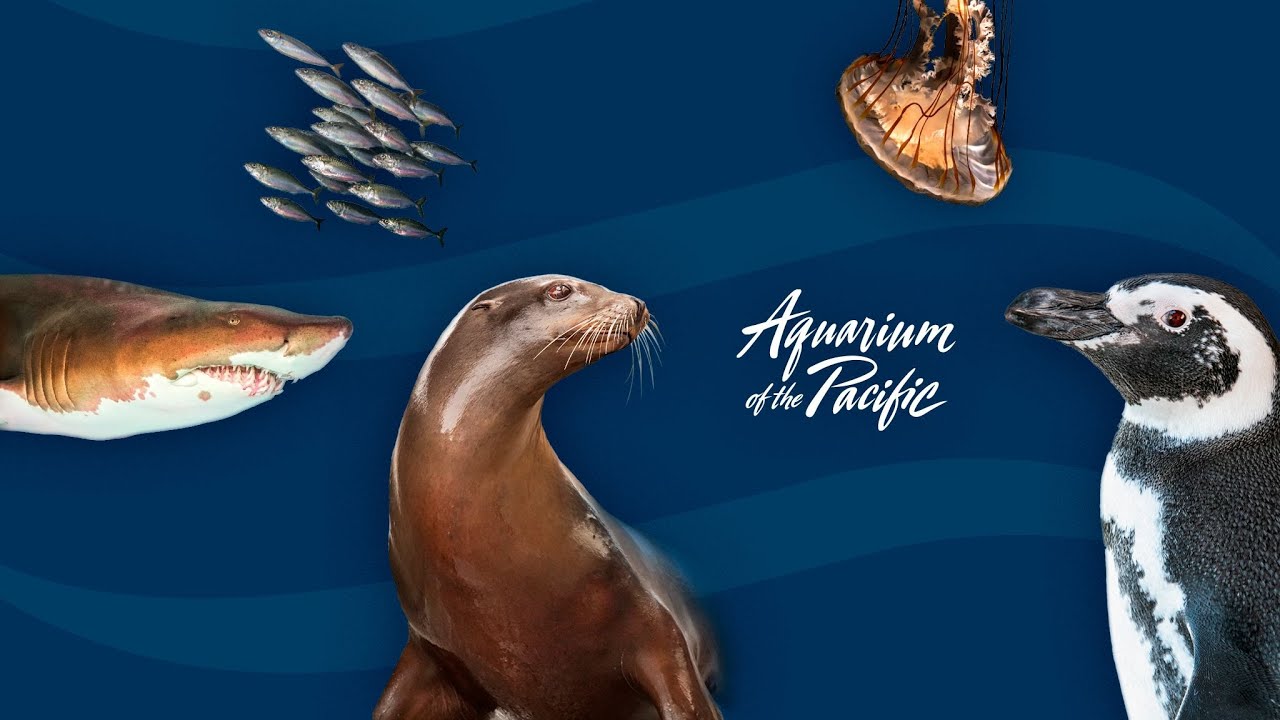– The importance of diverse habitats in wildlife conservation
– How zoo management contributes to the understanding and preservation of various habitats
– The role of habitat in the behavioral and physiological adaptations of animals
Habitats are critical to wildlife survival, serving not just as places where animals live but as complex environments that provide everything from food and shelter to opportunities for mating and raising offspring. These environments range from the dense, leafy canopies of rainforests to the arid expanses of deserts, each supporting different life forms adapted to its unique conditions. Conservation efforts often focus on protecting these habitats, recognizing that the loss of even a single area can have cascading effects on global biodiversity.
Zoo management plays a surprisingly significant role in the conservation and study of natural habitats. Modern zoos are far from the menageries of the past, having transformed into centers for conservation science and education. They replicate various habitats within their confines, striving for authenticity to provide optimal conditions for the species they house. This practice enhances animal well-being and offers visitors insight into the complexity of natural environments and the necessity of their preservation. Through efforts in captive breeding, research, and reintroduction programs, zoos contribute to the survival of species and the restoration of their native habitats.
The relationship between animals and their habitats is a fascinating display of nature’s adaptability. Animals evolve over generations to thrive in the conditions presented by their surroundings. For instance, the thick fur of Arctic mammals is a physiological adaptation to extreme cold. At the same time, the giraffe‘s elongated neck allows it to reach leaves high in trees, illustrating a behavioral adaptation to its habitat. These adaptations are not static but continue to evolve in response to environmental changes, demonstrating the dynamic nature of the interaction between species and their habitats.
In wildlife conservation, understanding the intricacies of habitats is crucial for formulating effective strategies. Protecting an animal species involves more than simply ensuring its immediate survival; it requires the preservation of the complex web of interactions that make up its ecosystem. For example, conserving a predator species like the tiger involves also protecting its prey and the vegetation that supports the prey. This holistic approach underscores the interconnectedness of life and the importance of diverse habitats in maintaining the balance of nature.
Zoo management intersects with wildlife conservation in its attempt to replicate these complex interactions within a controlled setting. By mimicking natural habitats as closely as possible, zoos educate the public about the importance of ecosystem conservation. They serve as living laboratories where researchers can study animal behavior, physiology, and breeding in a way that would be difficult or impossible in the wild. This research provides valuable information that can guide conservation efforts, shedding light on how environmental changes affect biodiversity and what measures can be taken to mitigate these impacts.
Furthermore, zoos contribute to conservation through direct action. Captive breeding programs, for instance, have been pivotal in recovering species on the brink of extinction. By maintaining genetically diverse populations, zoos can reintroduce animals to their natural habitats, helping to bolster dwindling wild populations. These efforts are complemented by habitat restoration projects and initiatives to safeguard remaining natural areas from further degradation.
In summary, the conservation of habitats is a multifaceted endeavor that requires the cooperation of zoos, conservation organizations, and the public. By fostering an understanding of the complexity of habitats and the adaptations of animals to these environments, zoos contribute to the preservation of species and the broader goal of maintaining biodiversity. The management of zoos, aimed at replicating natural habitats and studying animal behavior, plays a vital role in the ongoing efforts to conserve the natural world. Through education, research, and conservation action, we can work toward a future where diverse habitats continue to thrive, supporting the incredible variety of life on Earth.
*****
Source Description
Join our educators as they explore the kelp forest and coral reef habitats within the Aquarium of the Pacific.


